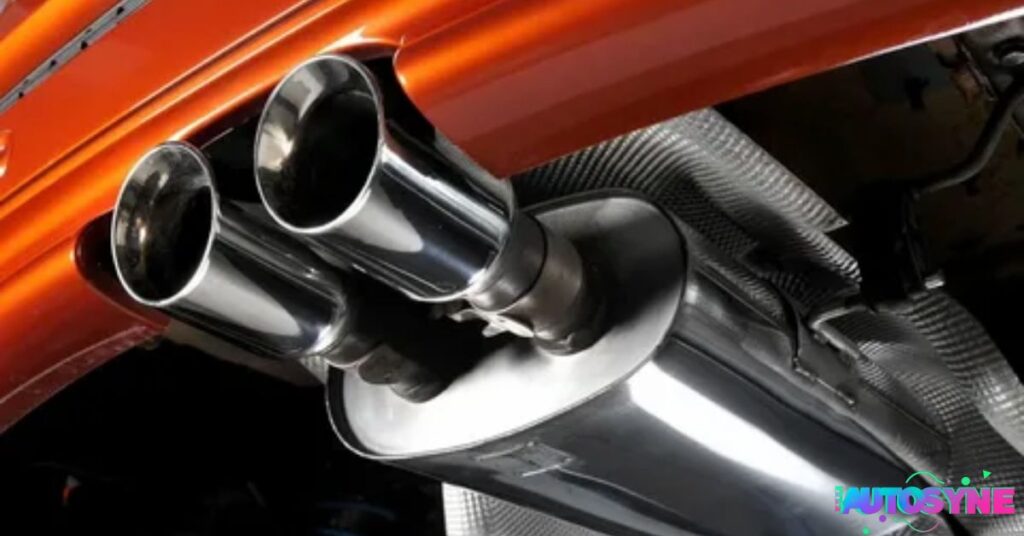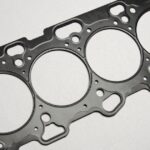Taking care of your car’s muffler is important for keeping it working well. If you notice any problems, like rust or loud sounds, it’s smart to address them early. Learning how to maintain and replace your muffler can save you time and money in the long run.
If you’ve ever heard strange sounds coming from your car, it might be your muffler asking for help. Dive into the world of muffler replacement and maintenance to ensure your vehicle runs smoothly. Discover easy tips to keep your car quietly cruising along.
Let’s talk mufflers. When it comes to replacing and maintaining them, costs can vary. Understanding these costs can save you money in the long run. Find simple tips for keeping your muffler in top shape.
Factors Affecting the Cost of Muffler Replacement
Several factors affect the cost of replacing a muffler. The type of vehicle you drive, whether it’s a luxury car or a standard model, plays a big part. Additionally, the kind of muffler you select, like aftermarket or original manufacturer, can impact the price.
Other considerations include the need for extra parts, like pipes or gaskets, and the labor costs involved in installation. Lastly, the availability of parts and shop supplies can also affect the overall expense. So, when budgeting for muffler replacement, it’s essential to consider these factors to get an accurate estimate of the cost.
Average Cost of Muffler Replacement
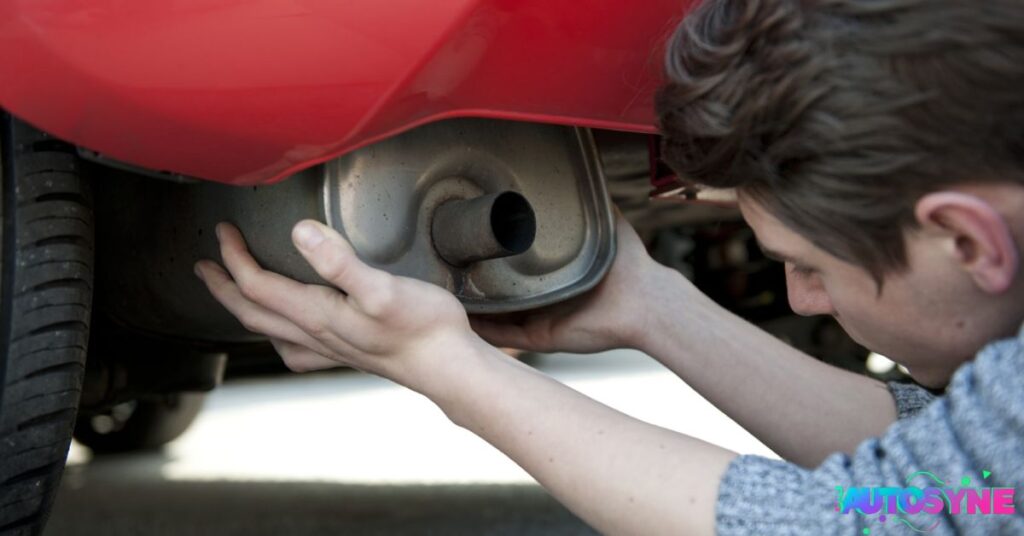
The average cost of replacing a muffler varies depending on several factors. Factors such as the type of vehicle you have and the quality of the muffler you choose can influence the price. On average, a muffler replacement may cost between $160 to $240, including the muffler itself, additional parts, and labor.
| Component | Cost Range |
| Muffler | $60 to $120 |
| Hangers, gaskets, silencers | $20 |
| Labor | $80 to $100 |
| Total | $160 to $240 |
| Provider | Work | Warranty | Price |
| Your Mechanic | Parts & labor | 12 months | $50 – $215 |
| Midas | Parts & labor | 12 months | $50 – $270 |
| Mr. Tire | Parts & labor | 12 months | $55 – $230 |
| Pep Boys | Parts & labor | 6 Months | $60 – $315 |
| Walmart | Parts | Limited | $15 – $100 |
| Amazon | Parts | Limited | $80 – $190 |
Top of Form
The Importance of Muffler Maintenance
Taking care of your muffler is crucial for your vehicle’s overall health. It plays a key role in reducing engine noise and preventing harmful emissions from polluting the environment. Regular maintenance ensures that your muffler functions properly, helping to maintain optimal performance and prolonging the lifespan of your vehicle.
By inspecting your muffler regularly and addressing any issues promptly, you can prevent minor problems from escalating into major repairs. Simple tasks like checking for rust or damage, tightening loose components, and replacing worn out parts can go a long way in ensuring your muffler operates efficiently.
Investing time and effort in muffler maintenance not only saves you money on costly repairs but also contributes to a safer and cleaner driving experience.
Also Read This Blog: A Deep Dive into Car Show Categories for Awards
Maintenance Tips
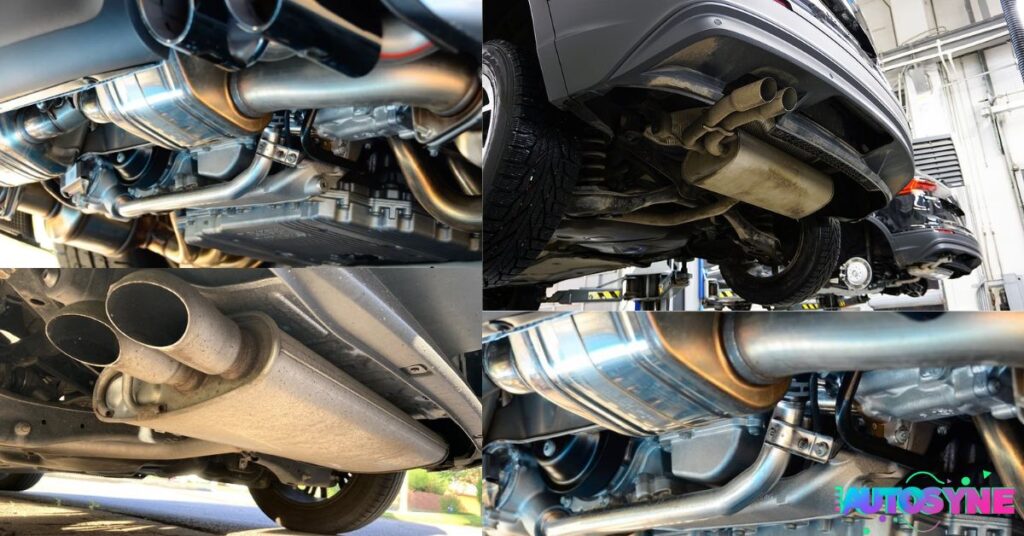
- Regularly inspect your muffler for signs of rust, corrosion, or damage.
- Keep the muffler and exhaust system clean by washing them regularly with soap and water.
- Check and tighten any loose bolts or clamps to prevent leaks.
- Replace worn-out gaskets, hangers, or other components as needed.
- Avoid driving over rough terrain or through deep water to minimize damage to the muffler.
- Schedule periodic maintenance checks with a qualified mechanic to ensure optimal performance.
- Consider investing in a protective coating or rust inhibitor to prolong the lifespan of your muffler.
- Be mindful of unusual noises or vibrations while driving, as they may indicate muffler issues that require attention.
- Follow the manufacturer’s guidelines for recommended maintenance intervals and procedures.
Signs Your Muffler Needs Replacement
If you suspect your muffler might be on the fritz, keep an eye out for some telltale signs. Unusual noises, like loud rumbling or hissing, could be a sign that something’s not right. Another clue is if you start smelling weird odors, especially strong exhaust fumes inside the car.
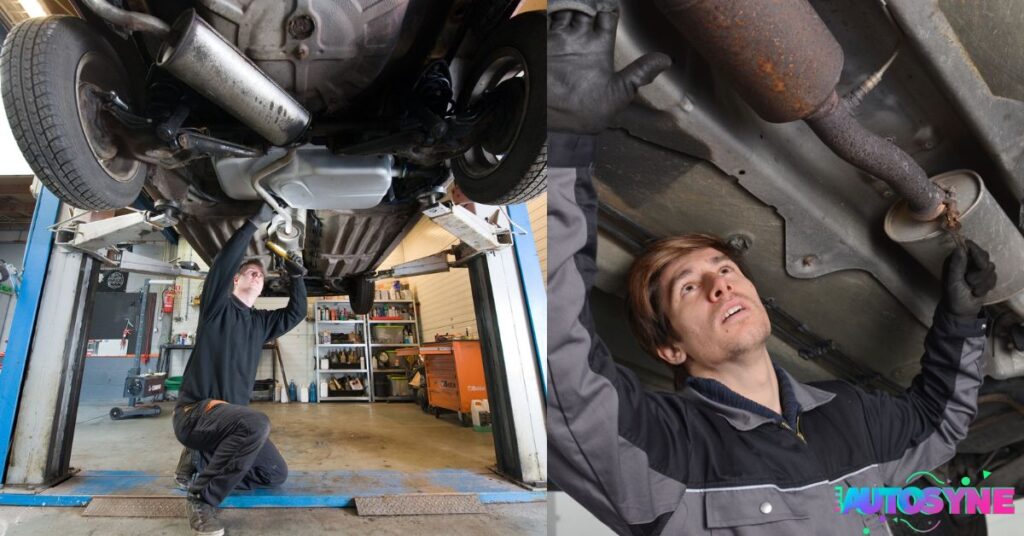
Additionally, pay attention to any changes in your car’s performance or fuel efficiency. A struggling muffler can cause your engine to work harder, leading to decreased mileage. Plus, if you notice your car vibrating or rattling more than usual, it could indicate a problem with the exhaust system, including the muffler.
Understanding Exhaust Systems
Your car’s exhaust system is like its respiratory system, helping to keep it running smoothly and quietly. It consists of various parts working together to remove harmful gases and reduce engine noise. Understanding this system can empower you to notice any issues early on and maintain your vehicle effectively.
Each part of the exhaust system has a specific job, from the exhaust manifold collecting gases to the muffler reducing noise. Regular checks and maintenance ensure everything is in working order, preventing potential problems down the road.
Environmental Impact of Muffler Replacement
When you replace a muffler, it can be good and bad for the environment. A new muffler can make your car use less fuel and produce fewer bad gases like carbon monoxide. It can also make your car quieter, which is nice for everyone.
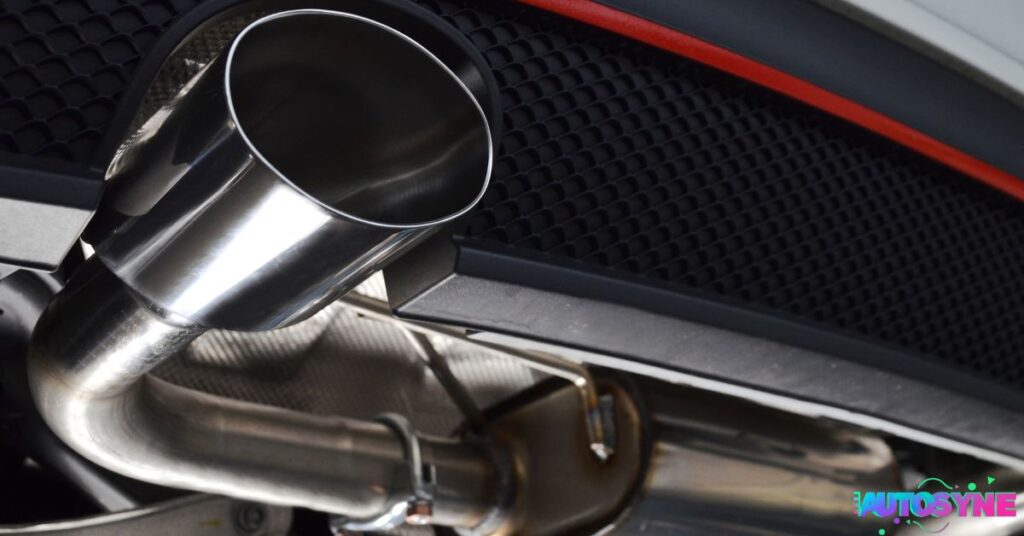
But making new mufflers and throwing away old ones can be bad for the environment. Making mufflers uses energy and materials that can hurt the air and water. And if we don’t throw away old mufflers the right way, they can make pollution too.
To help the environment, we should choose good mufflers that last a long time. And when we get rid of old ones, we should recycle them if we can. If we think about the environment when we change mufflers, we can help keep the Earth healthy.
Also Read This Blog: Car Feels Bumpy When Driving: 8 Easy Tips
Tips for Finding the Best Deal
Compare prices from different shops or online stores.
Look for discounts, coupons, or special offers.
Consider buying parts yourself and hiring a mechanic for installation to save on labor costs.
Check for warranties or guarantees on the muffler.
Read customer reviews to find reliable and trustworthy sources.
Get estimates from multiple mechanics or shops before making a decision.
Ask friends or family for recommendations on where to find the best deal.
Utilize price comparison websites to find the lowest prices available.
Consider purchasing used or refurbished mufflers for a lower cost.
Be flexible with the brand or model of the muffler to find a more affordable option.
What to Expect When Replacing a Muffler
When replacing a muffler, several steps are involved in the process. First, you’ll need to lift your car safely and disconnect the battery to prevent any accidents. Then, carefully remove the old muffler, ensuring all bolts and clamps are disconnected.
Next, verify that the new muffler fits correctly before securing it in place. Finally, reattach the battery and check for any leaks to ensure everything is in proper working order before driving again.
Warranty and Insurance Considerations for Muffler Replacement
When getting a new muffler, think about warranty and insurance. The muffler’s maker often gives warranties for parts, usually lasting around a year or limited time. It’s smart to check the details to know what’s included.
Sometimes, your insurance might cover muffler replacements if it’s from a covered event, like a crash. Look into your policy and talk to your insurer to understand what’s possible.
How to replace a muffler on your car
To replace a muffler on your car, follow these steps:
Put on safety gear: Wear goggles and work gloves to protect yourself.
Disconnect the car battery: Prevent the car from turning on while you work.
Park and station your vehicle: Park on a flat surface and secure it with wheel chocks.
Lift the car and apply lift points: Use a lift jack to raise the car and install lifting points to keep it suspended.
Remove the old muffler: Disconnect bolts around the muffler clamps, cut it out of existing piping, and remove muffler hangers.
Measure the new muffler: Check if it fits by measuring against current piping, then install it and connect to new piping.
Reconnect the battery and check for leaks: After installing, reconnect the battery and run the vehicle to check for any muffler leaks.
Put on safety gear

Before you start replacing your car’s muffler, ensure your safety by putting on protective gear. Wear safety goggles to shield your eyes from debris and work gloves to protect your hands from sharp edges and hot surfaces. Taking this precaution will help prevent accidents and injuries while working underneath your vehicle.
Disconnect the car battery
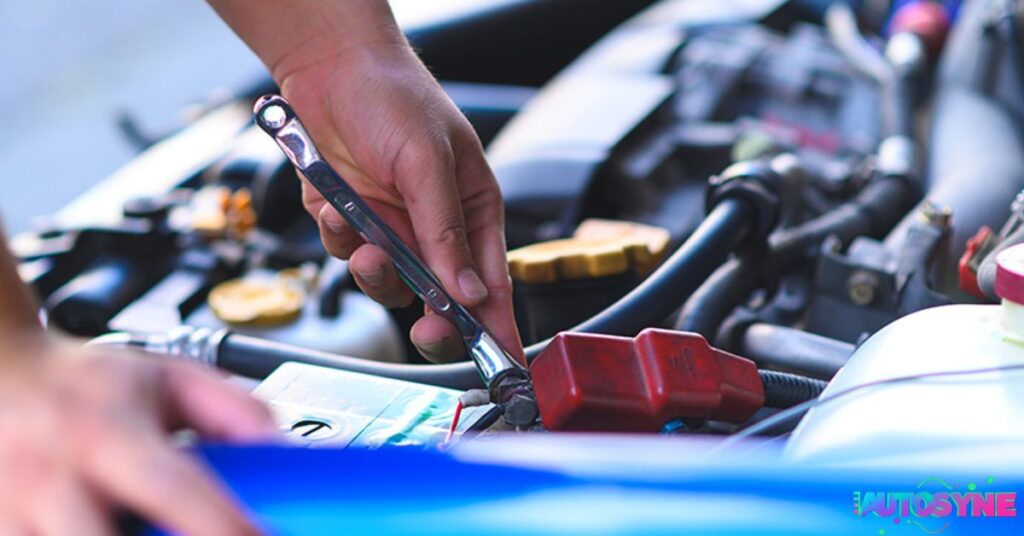
Disconnecting the car battery is an important step in replacing the muffler of your car. This ensures your safety by preventing any accidental electrical issues while you work on the exhaust system. Be sure to follow the manufacturer’s instructions for disconnecting the battery to avoid damaging any electrical components.
Park and station your vehicle
After disconnecting the car battery, the next step is to park and station your vehicle on a flat surface. This ensures stability and safety while you work on replacing the muffler. Use wheel chocks to secure the wheels and prevent any unintended movement of the vehicle.
Remove the old muffler
To remove the old muffler, first, disconnect the bolts around the muffler clamps using a socket wrench. If necessary, use lubrication to ease the bolts. Then, cut the muffler out of any existing piping, making sure to only cut the muffler’s pipes.
Measure the new muffler
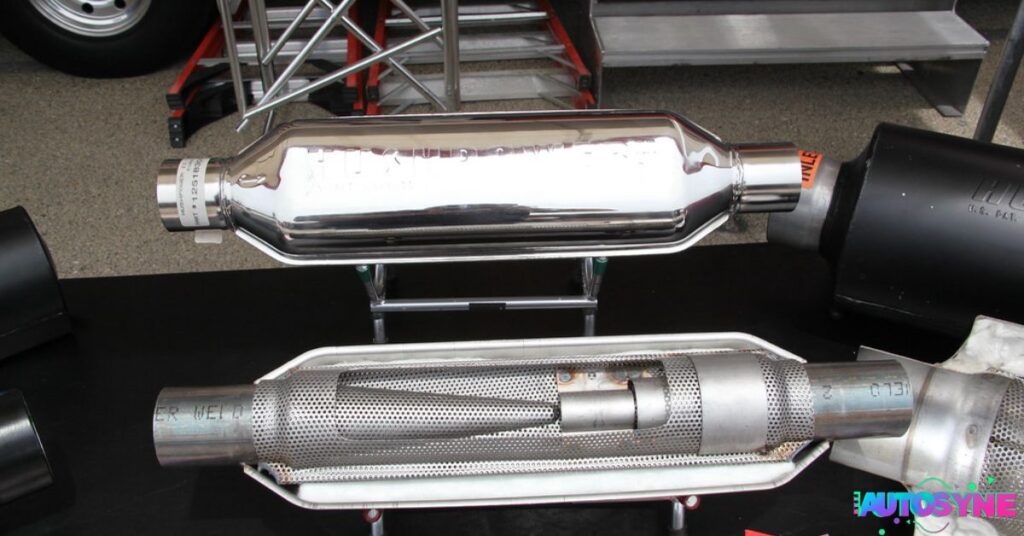
Measure the new muffler by comparing it against the current piping. Ensure that it fits properly. If it does, proceed to install the new muffler. Add the hangers to the rubber hanger mounts and connect the muffler to the new piping. Finally, spray exhaust sealant to connect the piping, allowing it some time to take effect.
Reconnect the battery and check for leaks
After the sealant has taken hold, reconnect the car battery. Start the vehicle and check for any signs of leaks around the newly installed muffler. If everything appears secure and there are no leaks, your muffler replacement is successfully completed.
Frequently Asked Question
How much does a muffler replacement cost?
It varies widely depending on the type of vehicle, but generally between $150 and $800.
Can I replace my muffler myself?
Yes, if you have the necessary tools and skills.
When should I replace my muffler?
If you notice amplified noise, physical damage, bad odor, or decreased fuel efficiency.
Is it safe to drive with a broken muffler?
It’s not recommended as it can affect engine performance and may lead to other issues.
What if I drive without a muffler?
It’s illegal in many places and can lead to noise pollution fines.
Why is my muffler so loud?
It could be due to a leak, damage, or deterioration of the muffler.
Will any muffler fit my car?
No, you need to ensure compatibility with your vehicle’s make and model.
Conclusion
In conclusion, ensuring the proper maintenance and timely replacement of your muffler is essential for the overall performance and longevity of your vehicle. By paying attention to warning signs such as increased noise, bad odors, or reduced fuel efficiency, you can address potential issues before they escalate into more significant problems.
Additionally, consulting with a trusted mechanic and following manufacturer recommendations for muffler care can help you stay proactive in preserving your car’s exhaust system and ensuring a quiet and efficient ride for miles to come.

Thomas is a seasoned automotive writer with five years of expertise. His passion for cars fuels insightful articles on industry trends, technology, and driving experiences.

